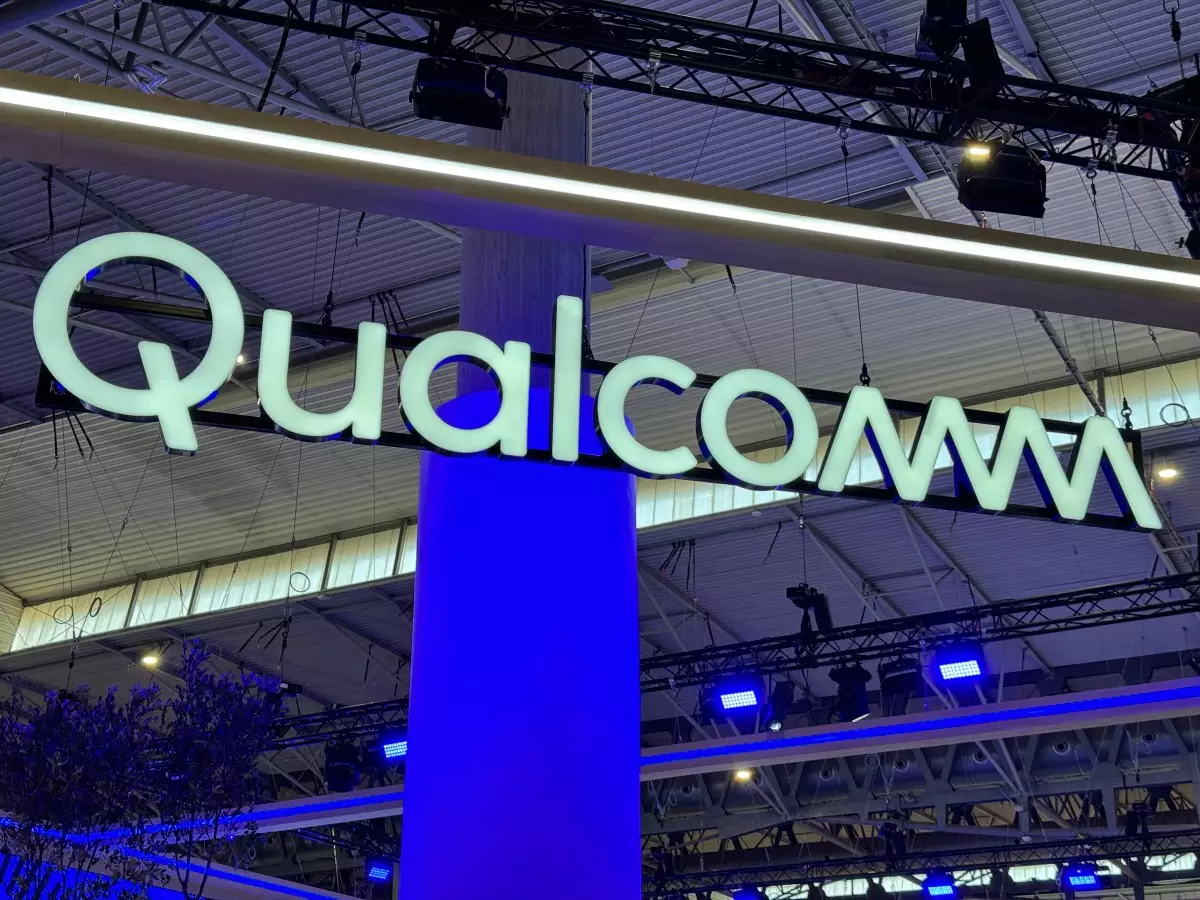Qualcomm, a global leader in semiconductor technology, has recently made headlines with its acquisition of VinAI’s generative AI division. This strategic move, announced on a Monday, emphasizes Qualcomm’s unwavering commitment to enhancing its footprint in the rapidly evolving AI landscape. While the financial specifics of the deal remain undisclosed, the implications of this acquisition are profound, marking a pivotal moment in Qualcomm’s quest to redefine technological boundaries.
Founded by ex-DeepMind scientist Hung Bui in 2019, VinAI has carved a niche for itself in the development of cutting-edge generative AI technologies. From advanced computer vision algorithms to intricate language models, the company pioneers numerous applications, particularly in AI-enhanced automotive systems. As consumer demands for smarter technology escalate, the integration of such innovations is paramount. Qualcomm’s SVP of Engineering, Jilei Hou, expressed the company’s vision succinctly: acquiring top talent like VinAI’s experts will significantly bolster Qualcomm’s R&D capabilities, ensuring the delivery of cutting-edge AI solutions across various sectors.
The Fusion of Expertise and Innovation
VinAI, while primarily focused on automotive applications, also engages in high-level AI research that lends itself to numerous markets beyond transportation. Backed by VinGroup, a prominent Vietnamese conglomerate, the startup has developed solutions like in-cabin monitoring and intelligent parking systems, resonating with contemporary consumer needs. As the automotive industry increasingly pivots toward AI-driven enhancements, VinAI’s technology is perfectly positioned to integrate with Qualcomm’s existing product families, further revolutionizing how vehicles operate.
Our understanding of generative AI’s potential is evolving, and VinAI’s track record of innovative research presents an exciting opportunity. With around 200 employees spanning offices in Hanoi, the U.S., and Australia, the company is poised to utilize its expertise in machine learning to expedite the development of transformative technology. This acquisition not only expands Qualcomm’s talent pool but also enriches its technological capabilities, enabling the company to remain ahead of its competition.
Implications for the Future of AI
Beyond merely expanding its portfolio, Qualcomm’s acquisition of VinAI embodies a broader trend of tech companies investing heavily in AI capabilities. CEO Cristiano Amon’s acknowledgment of edge AI as a “tailwind” demonstrates a keen understanding of the industry’s future direction. The growing demand for AI to run on devices independently, without heavy reliance on data centers, underscores a significant shift in how technology will evolve.
As more players enter the AI arena, Qualcomm’s proactive approach positions it strategically to leverage emerging trends. The integration of VinAI’s generative AI technologies can accelerate Qualcomm’s development timelines for upcoming products, driving innovation in smartphones, PCs, and vehicles alike. As consumers increasingly seek seamless integration of AI in their daily lives, Qualcomm’s advances could soon become the gold standard in next-gen technology solutions.
The future of AI, particularly in the hands of notable innovators like Qualcomm, promises an exciting transformation that will touch every aspect of our lives. As this acquisition unfolds, industry observers should remain vigilant, as it could herald a new era of intelligent automation and efficiency across multiple sectors.

